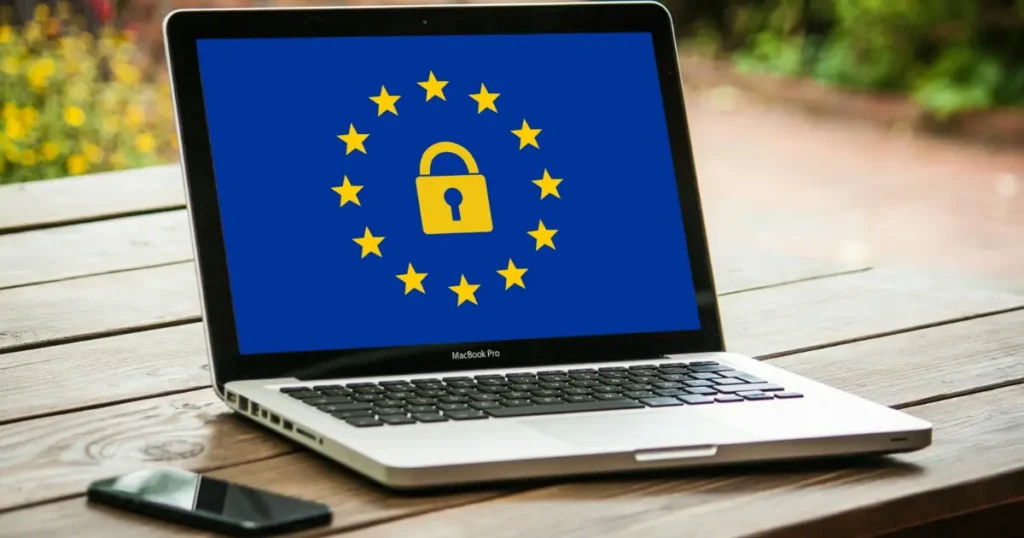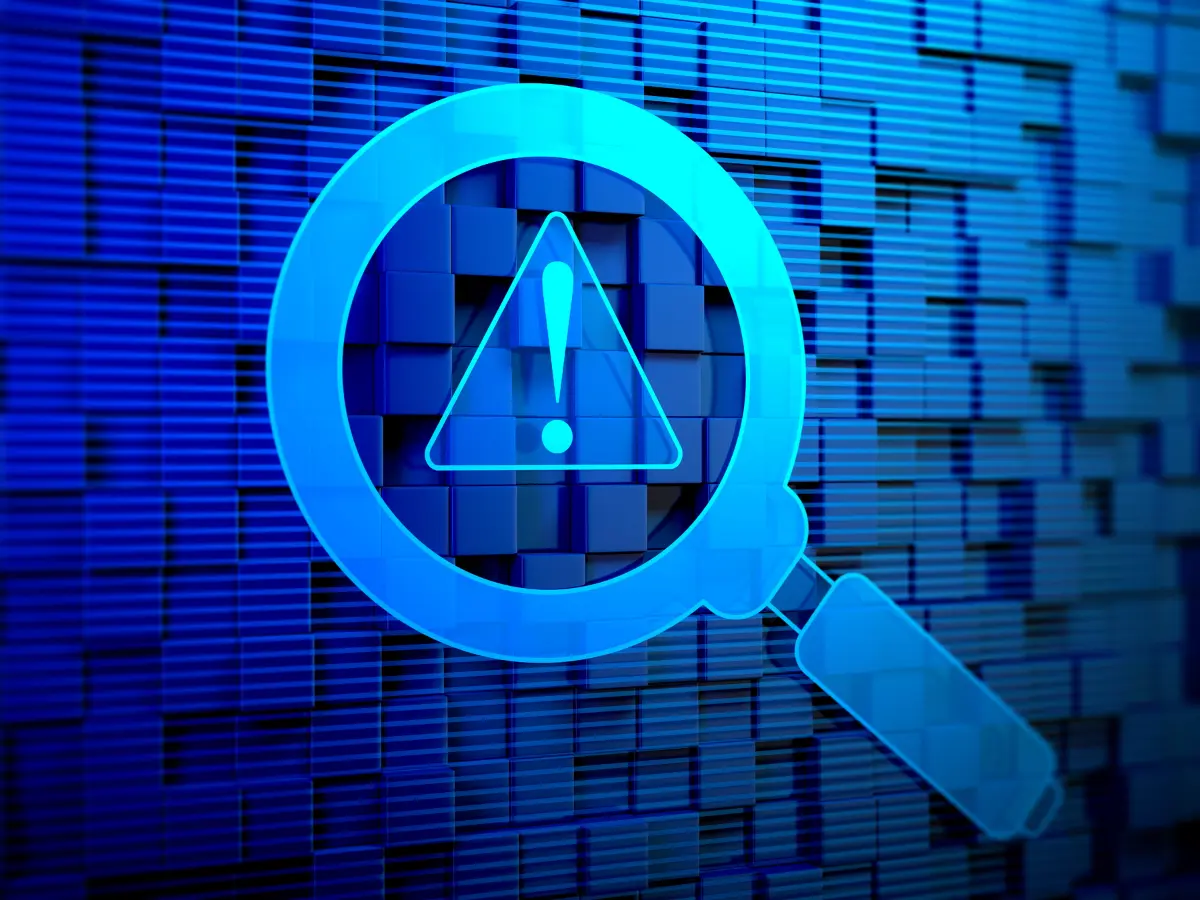GDPR compliance is not a foreign concept. But, many organizations do not know what GDPR is, nor do they know how to comply. Compliance with the GDPR should not be regarded as just a legal obligation. Considering that 47% of users have changed providers due to data privacy concerns, it’s also a perfect growth strategy for all businesses. This article contains an overview of the GDPR and a 9-step GDPR compliance checklist.

GDPR Overview
As the digital era approaches its peak, the value of data has become immeasurable. Businesses of all scales and types now depend heavily on the use of data. From marketing and research intents to sizing up the competition, data has deeply ingrained itself into the global setting. As a result, data protection—from accidental loss or compromise and cyberattacks—became paramount.
What Is The GDPR?
The GDPR stands for General Data Protection Regulation. It’s the European Union’s effort towards personal data protection of its citizens. Enacted in 2018, it grants individuals (data subjects) control over their personal data and holds organizations accountable for data protection.
GDPR compliance benefits are numerous. First, you avoid the hefty penalties imposed. Yes, there are penalties for non-compliance with the GDPR. In fact, as of 1 March 2024, a total of 2,086 fines (+510 in comparison to the GDPR Enforcement Tracker Report 2023) have been recorded.
Next, it fosters brand trust and attracts more clients from the EU, which is impressive.
Basic Requirements of the GDPR
The GDPR requires certain actions from organisations or data handlers towards data protection. These requirements are referred to as the principles of the GDPR.
alternatively called the principles of data protection, it is necessary to know these principles to achieve maximum GDPR compliance.
Companies processing personal data:
- Must be transparent about the whole process.
- Must do so for legitimate and clear reasons
- We must not collect more data than is necessary. Relative to the purpose of data processing
- Must make sure collected data is accurate and correct all inaccuracies immediately.
- Must keep data for as long as necessary.
- Must protect data from unlawful access and processing.
- Must be able to show their compliance with the GDPR.
Aside these basic principles, some other GDPR requirements exist, such as;
Data subject rights, risk assessments for data protection, and consent.
The GDPR principles are a large part of the GDPR compliance checklist.
Who Does the GDPR Apply To?
The GDPR applies to every organization that processes personal data belonging to EU citizens and residents. The organization doesn’t have to be in the EU; it can be anywhere in the world. For example, a healthcare centre in Africa is subject to the GDPR when it treats an EU citizen. The same goes for online businesses, as they can’t know for sure the location of their clients.
Who Is Responsible for GDPR Compliance?
For GDPR compliance, there a “data controller vs. processor” tug of war going on. While both data controllers and processors have obligations to data protection, the controller is held responsible for GDPR compliance.
Comprehensive GDPR Compliance Checklist
According to Cybersecurity Ventures, the global annual cost of cybercrime is predicted to reach $9.5 trillion in 2024 and $10.5 trillion by 2025. This is enough motivation for you to tighten data protection in your organization. While you might feel invisible as an SME, you aren’t off the radar. In Nigeria, for example, SMEs were majorly hit by cyberattacks in 2022.
To reduce the chances of your organisation falling victim, you should consider GDPR compliance. How? Here’s a comprehensive GDPR compliance checklist to help you get started.
Step 1: Know Your Data.
You can’t fight what you don’t know, can you? Of course not. Likewise, data protection.
As an organisation, take a step back and understand what you aim to protect. With this, you can find the best protection measures.
- What data are you collecting?
- What category does it fall under?
- How sensitive is it?
Step 2: Practice safe data collection procedures.
When it comes to GDPR compliance, the best foundation is built on data collection best practices. Per the GDPR principles, ensure you communicate the precise purpose of the data processing.
Consent is another box to tick. Although you have communicated the purpose with the data subjects, sometimes data processing can only happen with their full consent.
- So, explain how the data will be used and stored.
- Obtain explicit consent (make use of forms and checkboxes, not pre-ticked) when necessary.
- Keep records of the consent. It’ll serve as evidence of compliance. Better still, implement a capable privacy consent management system in place.
You need to know that the GDPR has its own standard for valid consent. So learn how to write a GDPR consent statement.
Step 3: Facilitate data subject rights.
The GDPR gives data subjects certain rights, which are:
Right to be informed: this is in line with step 2 above. Ensure you communicate the data processing procedure.
Right of access: be ready; at any time, data subjects can request a copy of their personal data. Also ask for information to help understand what you’re doing with their data.
Right to erasure: data subjects can request that their personal data be erased. Terms and conditions apply here, though.
Rectification rights: individuals have a right to have inaccurate data corrected.
Right to restrict processing: under the GDPR, individuals can limit how an organization uses their data.
Objection to processing: data subjects have the right, under the GDPR, to stop controllers from processing their data.
Data portability: Individuals have the right to obtain the personal data they have supplied to a controller in a structured, widely used, and machine-readable format. Also, they can ask the controller to transfer this data directly to another controller.
Automated decision-making rights: Individuals have the right not to be subjected to decisions that rely entirely on automated processing (including profiling) and that have legal consequences for them.
This part is very important to tick “done” on the GDPR compliance checklist.
Step 4: Appoint a DPO
Article 37 of the General Data Protection Regulation (GDPR) mandates the appointment of a Data Protection Officer (DPO) under these circumstances.
- The processing is carried out by a public authority or body, except for courts acting in their judicial capacity.
- The core activities of the controller or processor involve regular and systematic monitoring of data subjects on a large scale.
- The core activities consist of processing on a large scale of special categories of data, such as data revealing racial or ethnic origin, political opinions, religious or philosophical beliefs, or data concerning health, sex life, or criminal convictions and offenses.
Step 5: Conduct a DPIA (Data Protection Impact Assessment)
This is an important step in the GDPR compliance checklist.
Assess all processes, which include data collection, use, storage, and deletion.
Look out for the potential risks such processes might put the data subjects in and come up with a risk mitigation plan.
time,Step 6: Report data breaches.
There’s a set timeframe of 72 hours under the GDPR to notify the authorities once controllers notice a data breach. while data processors are required to notify the controller immediately.
Check this out: Top 6 GDPR compliance Software To Know in 2024
Step 7: Implement data protection measures.
The main goal of the GDPR is to ensure your organisation protects its data properly. To remain safe, initiate a strong data protection system.
Who has access to data?
What technical measures have you implemented? E.g. pseudononymization and encryption
Step 8: Document your procedures.
Part of your obligation in the GDPR compliance checklist is to give a proper account of your organisation’s data protection measures. From data collection to erasure, keep records of each step, as auditors will request them.
Step 9: Conduct regular compliance audits
This completes the GDPR compliance checklist. Threats to data are not stagnant; they evolve over time and so should your data protection measures. Carry out periodic assessments of your entire system to get real-time alerts of non-compliance.
Ensuring GDPR compliance with Johan Consults.
However helpful the GDPR compliance checklist is, it’s best your organisation outsources GDPR compliance to a data protection service consultancy. At Johan Consults, we offer the following GDPR compliance services to help you meet the requirements of the GDPR:
- GDPR gap analysis and risk assessments
- Data protection officer (DPO) services
- Data subject rights management
- Data breach response planning and support
Contact us today to begin your compliance journey.










